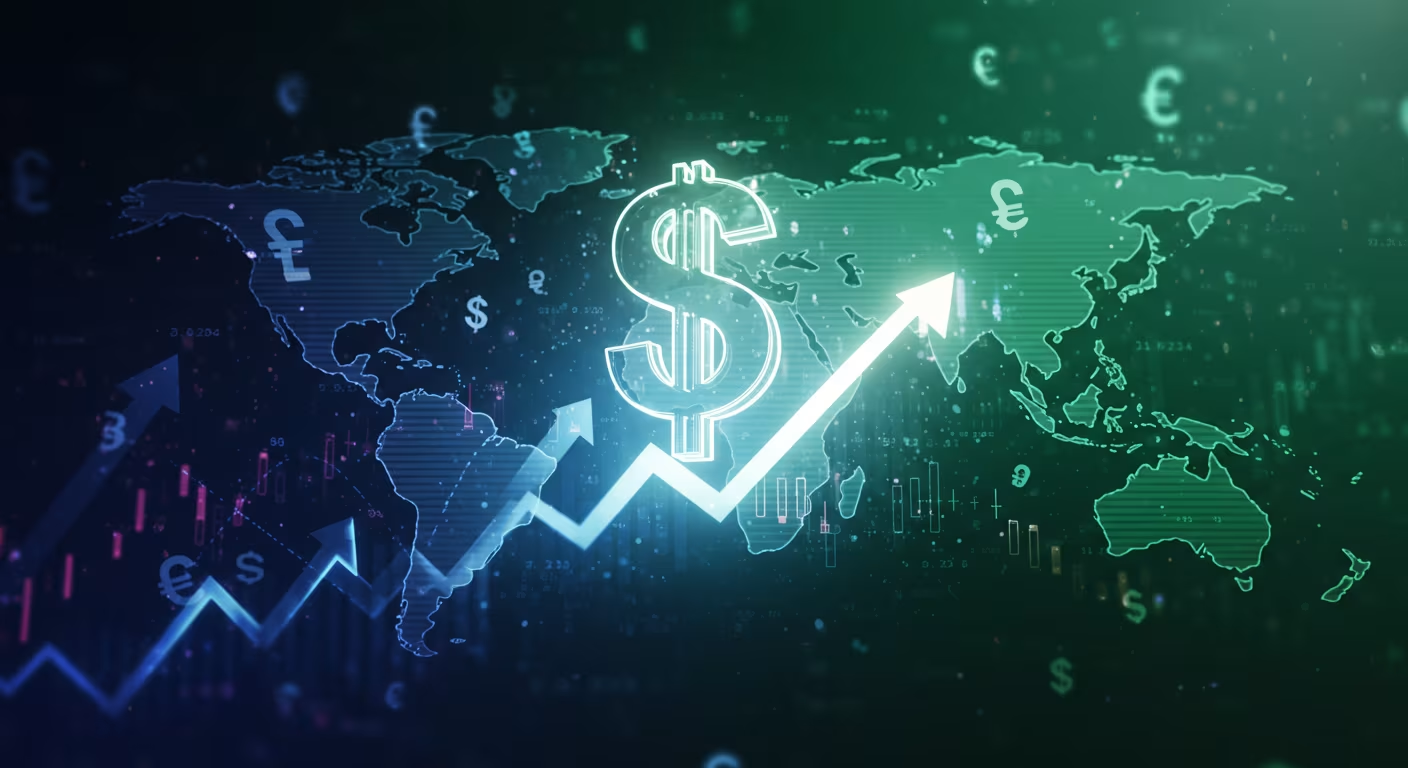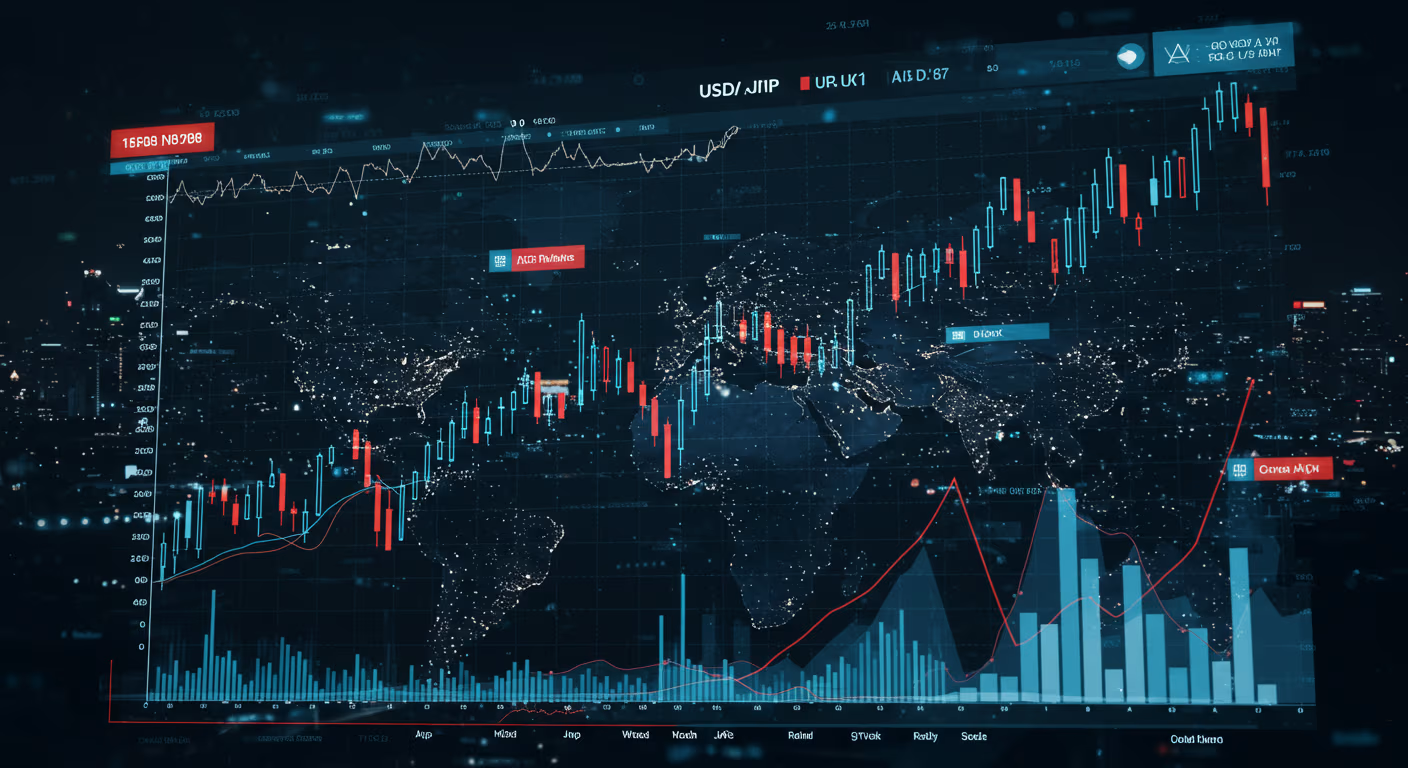The U.S. dollar is on the rise again—and investors across the globe are paying close attention. After a period of weakness in 2023, the greenback has staged an impressive comeback in 2025, regaining strength against major currencies such as the euro, yen, and British pound. This resurgence isn’t just a monetary statistic—it’s a market-moving force with ripple effects for stocks, bonds, commodities, and global trade.
But what exactly is fueling the dollar’s renewed strength? And more importantly, what does it mean for your investments? Let’s dive into why the dollar is roaring back and what strategic moves investors might consider in the face of a muscular greenback.
What’s Driving the Dollar’s Rebound?
There are several interlocking factors behind the dollar’s rise:
- The Federal Reserve’s Interest Rate Policy
While many central banks around the world have begun to ease monetary policy, the Federal Reserve has taken a more hawkish stance. Interest rates in the U.S. remain high, attracting capital inflows from foreign investors seeking higher returns on U.S. bonds and money market instruments. - Relative Economic Strength
Despite concerns over inflation and growth, the U.S. economy has shown surprising resilience in 2025. Strong labor market data, consumer spending, and corporate earnings have kept confidence high. A robust economy tends to lift the currency, making the dollar a preferred global safe haven. - Geopolitical Uncertainty Abroad
Conflicts in Europe, sluggish growth in China, and uncertainty in emerging markets have led investors to seek safety in the U.S. dollar. It remains the world’s reserve currency, and in times of volatility, demand often spikes.
Winners: Who Benefits from a Strong Dollar?
A rising dollar creates a landscape of both opportunities and challenges. Let’s start with those who stand to benefit:
Importers and U.S. Consumers
A stronger dollar makes foreign goods and services cheaper. That means lower prices for imports—whether that’s electronics from Asia, wine from Europe, or luxury cars. It can also help ease domestic inflation pressures, a bonus for the American consumer.
Travelers Abroad
Americans traveling overseas find their purchasing power greatly enhanced when the dollar is strong. Hotels, meals, and shopping become more affordable across Europe, Asia, and other destinations.
Foreign Investors in U.S. Assets
The allure of a strong dollar boosts foreign demand for U.S. stocks, bonds, and real estate. Global investors seek both the return on investment and the relative currency strength, which enhances their overall gains.
Dollar-Denominated Bond Holders
U.S. government and corporate bondholders benefit from a strong dollar, especially if interest rates stay elevated. The income stream from those fixed-income instruments becomes more attractive to global investors.
Losers: Who Faces Headwinds?
However, the dollar’s strength doesn’t benefit everyone. Some sectors and investors may face challenges:
Exporters and Multinational Corporations
U.S.-based companies that rely heavily on exports often suffer when the dollar is strong. American goods become more expensive abroad, reducing competitiveness and potentially cutting into revenue. Multinationals also see reduced earnings when converting foreign profits back into dollars.
Emerging Markets
Many emerging market economies borrow in U.S. dollars. A stronger dollar increases the cost of servicing that debt and can trigger capital flight, currency depreciation, and economic instability in those regions.
Commodity Prices and Gold
Commodities like oil and gold are priced in dollars. When the dollar strengthens, these assets tend to weaken in price, as they become more expensive for foreign buyers. This dynamic can put pressure on energy and mining sectors.
How Should Investors Respond?
Navigating a strong-dollar environment requires strategic thinking. Here are some smart portfolio moves investors might consider:
- Diversify Globally—But Be Selective
Not all international markets react the same way to dollar strength. Favor regions with stable currencies or hedged exposure. Consider ETFs that offer currency hedging. - Focus on Domestic-Oriented Companies
U.S. small- and mid-cap companies that generate the bulk of their revenue domestically are less affected by a strong dollar compared to global giants. - Rebalance Commodity Holdings
If commodities form a significant part of your portfolio, evaluate your exposure. A strong dollar could drag prices down, especially in the short term. - Watch for Buying Opportunities in Multinationals
While multinational companies may face short-term currency headwinds, long-term investors could find attractive entry points as their valuations adjust. - Stay Liquid and Monitor Fed Signals
Since much of the dollar’s strength is tied to Fed policy, keep an eye on interest rate guidance. A shift in tone could reverse the dollar’s path.
What Lies Ahead for the Greenback?
The trajectory of the dollar will continue to hinge on two main factors: U.S. monetary policy and global macroeconomic conditions. If the Fed keeps rates elevated while other countries begin easing, the dollar could maintain its strength.
However, if signs of economic cooling in the U.S. prompt a shift toward rate cuts, the greenback might lose momentum. Additionally, any resolution to geopolitical conflicts or a surprise rebound in China’s economy could spark a resurgence in other currencies.
For now, though, the dollar’s dominance remains a central theme in global finance—and investors should be watching closely.
A Market Force Not to Ignore
The resurgence of the U.S. dollar is more than a passing trend—it’s a defining theme for investors in 2025. Whether it brings opportunities or challenges depends on where you stand in the market. From multinational earnings to foreign travel, from bond yields to emerging markets, the dollar’s power is far-reaching.
By staying informed and adjusting strategies accordingly, investors can position themselves to not only weather the dollar’s impact—but capitalize on it.





